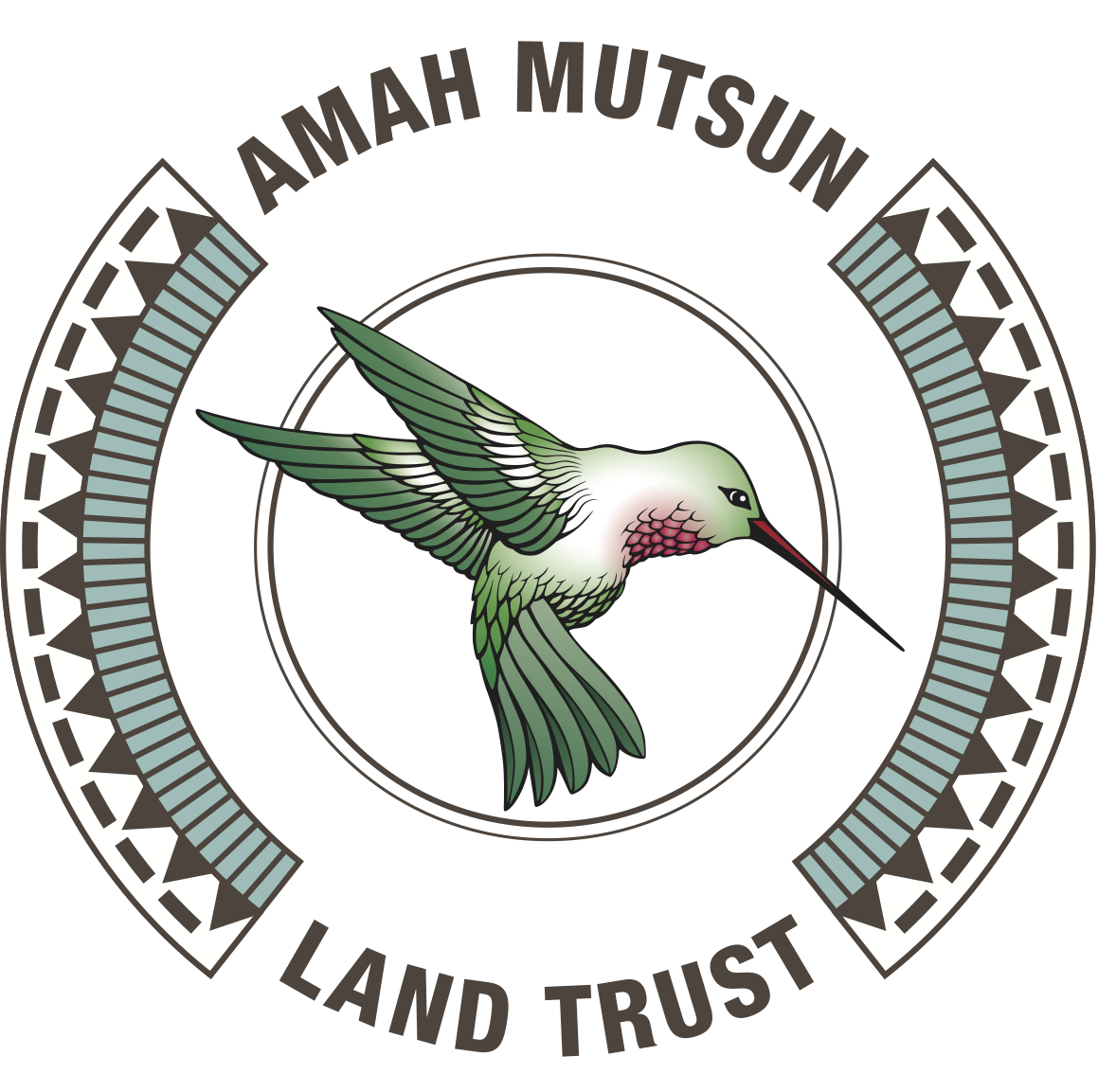Native Plant Program
The Native Plant Program cultivates culturally significant native plants for Tribal cultural uses, and land stewardship and restoration projects. Native Stewards, AMLT Staff, and volunteers work together to propagate native plants and maintain the several native plant gardens installed to celebrate the ethnobotanical history of the California coast. Each month, we invite the public to join volunteer workdays at our Native Garden at the Museum of Art and History, the San Juan Bautista Native Garden, or the Mutsun Garden at Pie Ranch. To get more information and RSVP for these volunteer days follow the link here.
San Juan Bautista Native Garden
AMLT developed the Mutsun Garden at the San Juan Bautista State Historic Park in 2016, with funding from California State Parks Foundation, and plant donations from many local nurseries. The Mutsun Garden is one section of the State Park’s ‘Heritage Garden’, which is visited by approximately 100,000 people per year, including 44,000 school children who come on fieldtrips to tour the San Juan Bautista Mission. The Heritage Garden has been used to interpret historic structures and the life of early immigrants, but until recently it had little value as a tool for interpreting the lifeways of the original inhabitants of the area. Now, with native plants selected and planted by the descendants of the Mutsun people who first called this land home, Park visitors have a tangible opportunity to learn about local Native people, past and present, when visiting the San Juan Bautista State Historic Park Heritage Garden.
UCSC Arboretum
The Amah Mutsun Relearning Program (AMRP) assists the Amah Mutsun Tribal Band in their efforts to become land stewards once again by helping Tribal members relearn plant identification, ethnobotany, and native plant resource management. Plants of cultural significance are being grown in the California Native Conservation Gardens where Tribal members can come relearn, tend, and gather plant materials for cultural relearning efforts. Educational events, such as the Work & Learn Gatherings, provide experiential learning opportunities for Tribal members, UCSC students, and community members. Additionally, the AMRP uses interpretation, presentations, and events to educate UCSC students and the general public about the importance of traditional ecological knowledge, the history and contemporary issues of the AMTB, ethnobotany, and California Indian lifeways.
Pie Ranch
Pie Ranch acknowledges the interconnection of land, history, people, and food, and as an educational farm, committed to social justice they felt it was imperative that all tours and programs begin with an acknowledgement of the history of the land and the Amah Mutsun Tribal Band. Designed by tribal member, Matthew Lopez, the Native Garden is shaped like a pie with pathways representing the four directions. Each "pie slice" represents different ethnobotanical native plants featuring grassland foods, fibers and basketry plants, nuts and berries, and personal care. The garden offers the perfect place to teach about the culture, ethnobotany, traditional ecological knowledge, history, and contemporary stewardship efforts of the Amah Mutsun Tribal Band. Funding from The Christensen Fund enables the Amah Mutsun Land Trust to keep this garden flourishing.









